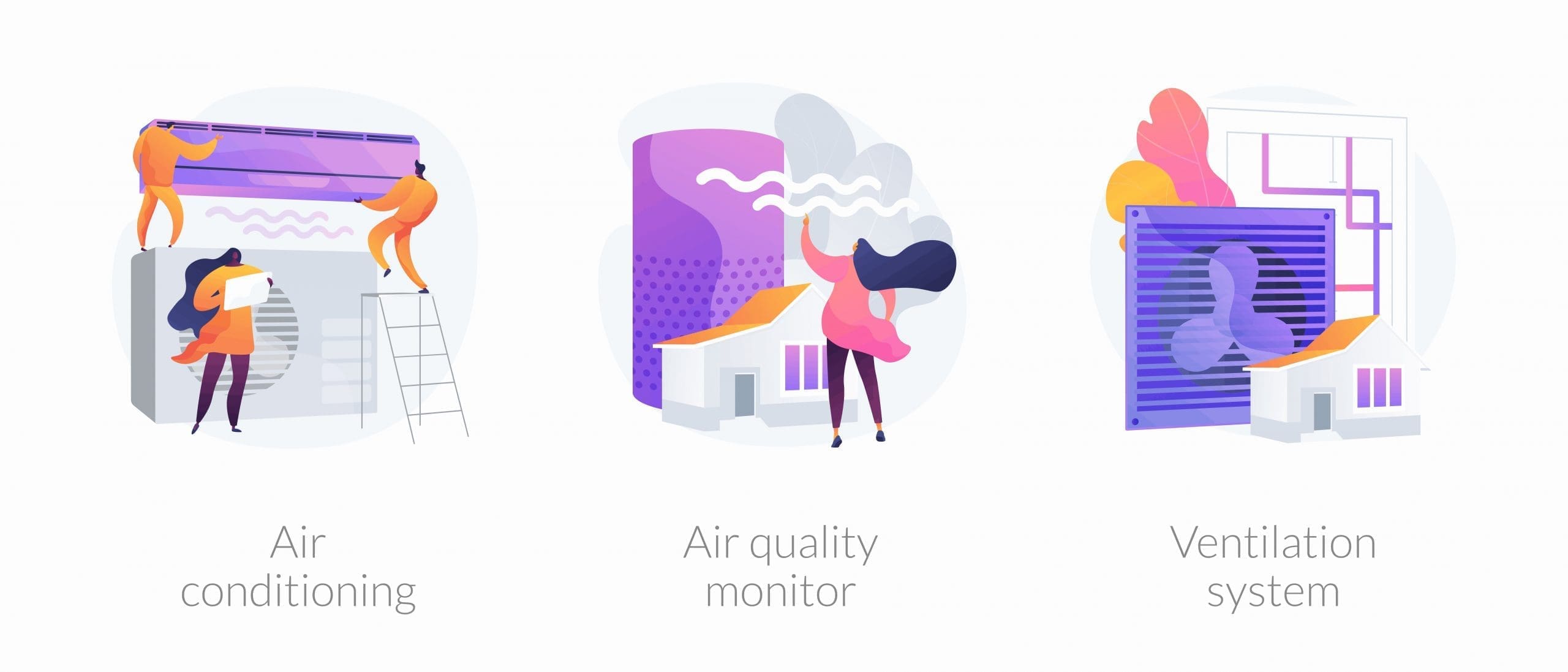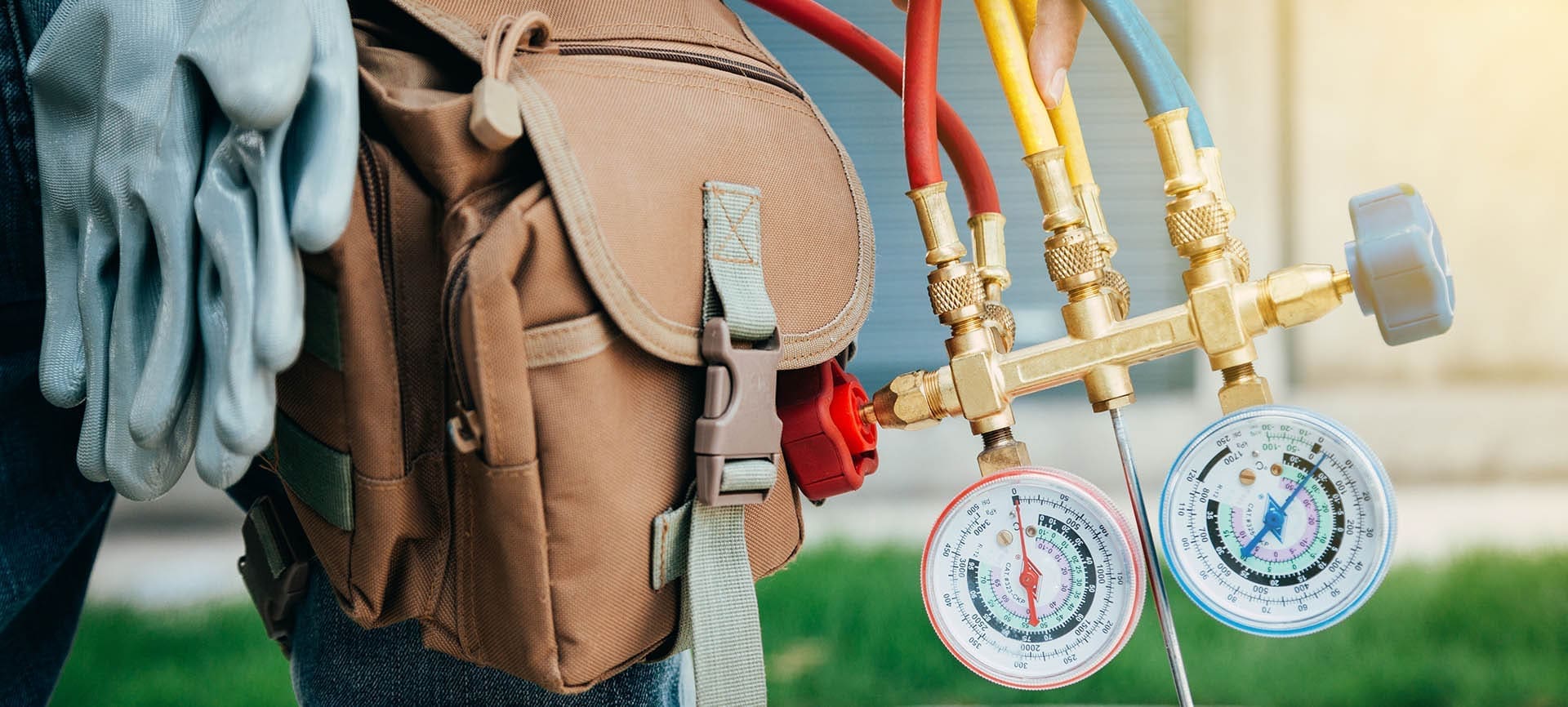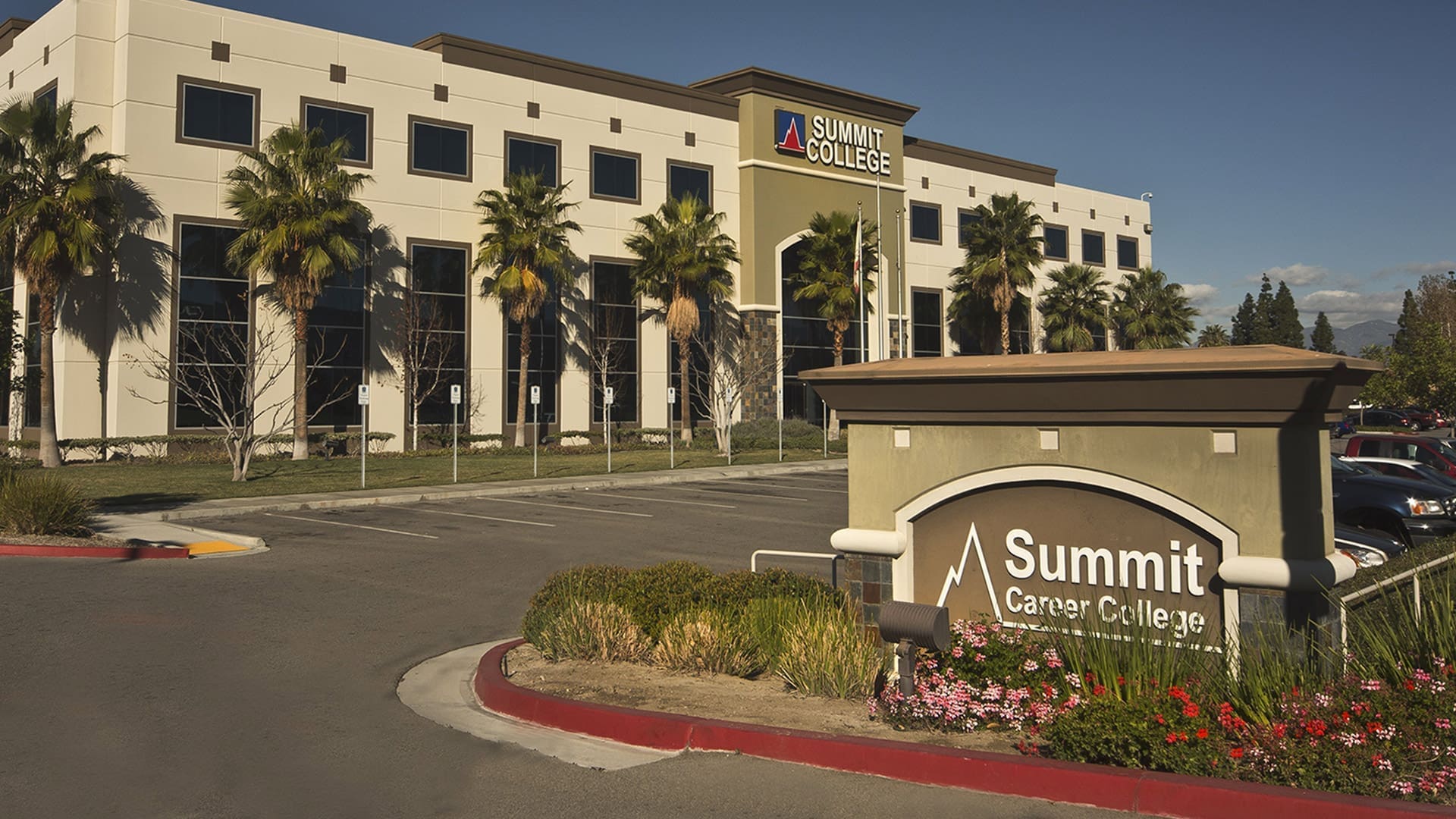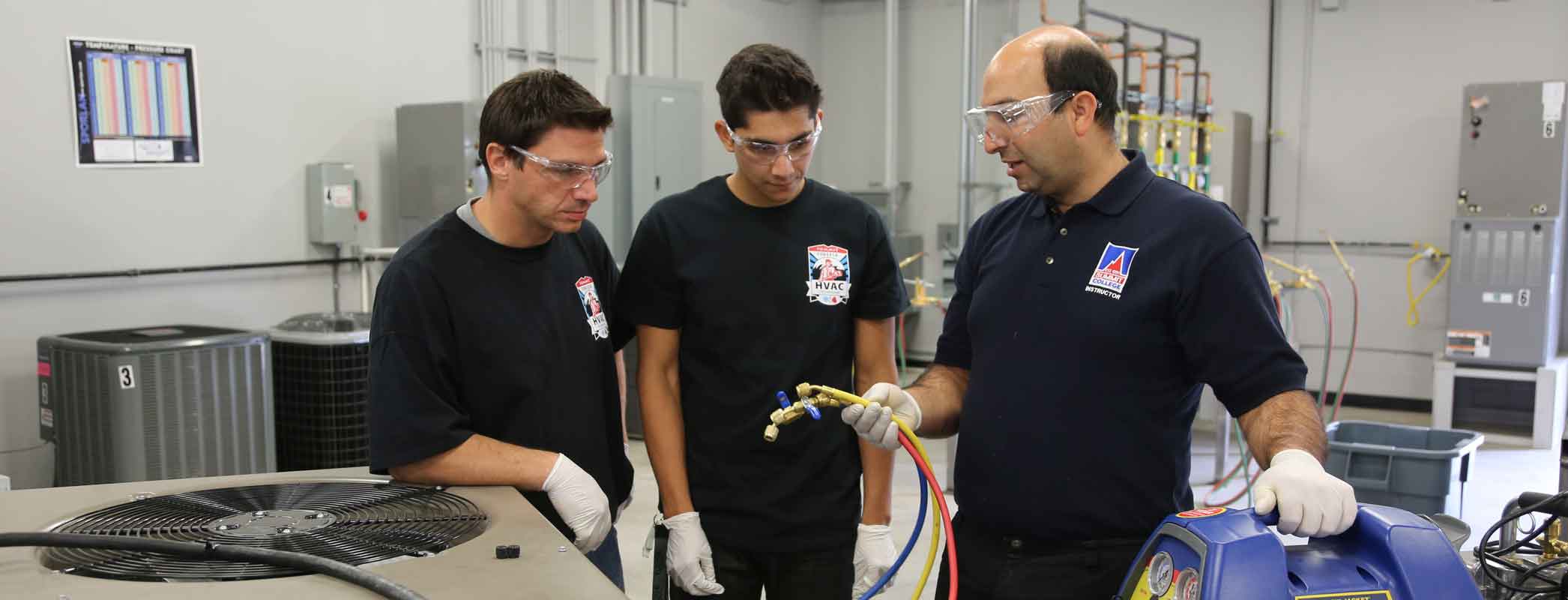Having an air conditioner that works well can feel like a lifesaver on a hot, humid day. Quite often we don’t realize how important our HVAC system is until we have a problem with it. Have you ever thought about how it all works to keep you cool and comfortable? Let’s take a look to see how refrigerants work in your air conditioner—and just what makes up your HVAC system.
An air conditioner has many components that work in unison to regulate the air quality in your home and keep you cool.
• Air return
The air grills or “cold air returns” are the vents that are usually on your walls and allow air to return to the furnace to either be heated or cooled.
• Exhaust
A bathroom, attic or stove fan all can serve as exhaust outlets that draw out stale, hot or humid air from a small area through the ductwork, allowing fresh air to enter and improve indoor air quality.
• Filter
The lightweight filter traps contaminants like dust, dirt, pollen, mold, animal fur, bacteria and microorganisms. Filtration occurs when expended air returns to the HVAC system and is forced through the filter and redistributed.
• Ducts
The ductwork is like a network of tunnels or passageways that transports air in or out, conditioning it as it travels.
• Compressor
The compressor is the motor and is housed in the outdoor unit of your central air conditioning system. It circulates the refrigerant through the coils. By applying energy, it cools your home.
• Coils
Coils are responsible for the heat exchange in your HVAC system. Even though air conditioning is for cooling, coils are necessary. The evaporator coil (inside) pulls heat through the air to either cool or heat it. The condenser coil (outside) regulates the refrigerant temperature.
• Blower (Fan)
This blows and circulates air to create the desired temperature throughout your home.
• Thermostat
The thermostat tells the blower to turn on or off so that it reaches the preferred temperature.
Refrigeration is what actually chills the indoor air in a process known as phase conversion—when liquid converts to gas. Air conditioners use this to their advantage by forcing chemical compounds known as refrigerants to repeatedly condense over its coils. As the fans move hot interior air over the evaporator coils, an expansion valve regulates the flow of refrigerant that goes through. The refrigerant then absorbs the heat and changes it from liquid to gas (phase conversion process). To keep things cool, the air conditioner’s centrifugal compressor uses high pressure to change the refrigerant gas back to its liquid state. It basically crams the refrigerant particles together into a smaller space creating the thermal energy that is essential for chilling.
You may wonder why you want high temperatures to cool the air. It’s important because heat flows from hot to cold, and the compressor helps eliminate the unwanted heat. The cycle then repeats itself—liquid to gas, gas to liquid—continuously.
Several different types of refrigerants exist, but they fall into particular groups based on their chemical composition: chlorofluorocarbons (CFCs), hydrochlorofluorocarbons (HCFCs), hydrofluorocarbons (HFCs) and natural refrigerants. Before replacing your air conditioner’s refrigerant, you’ll need to know wat type it uses because refrigerants are not interchangeable. All refrigerants are classified or characterized by their Ozone Depletion Potential (ODP) and their Global Warming Potential (GWP). The higher the number, the greater harm to the environment.
• Chlorofluorocarbons (CFCs)
These are not used today because the chlorine in their makeup is harmful to the environment.
• Hydrochlorofluorocarbons (HCFCs)
The refrigerant R-22 or HCFC-22, more commonly known as Freon™, is readily available and is used in most older HVAC units. Although it is non-flammable and non-toxic, it’s being phased out because it also includes chlorine, which can negatively impact the ozone layer.
• Hydrofluorocarbons (HFCs)
R-22, which is being phased out entirely this year, is being replaced by R-134A, a halo alkaline refrigerant with thermodynamic properties more commonly known as Norflurane. Because it is not blended like R-22, it can use a single recovery machine and is a better option for the environment.
R-134A and R-410A are commonly used today. The latter does not deplete the ozone layer and is more energy efficient than R-22. It also has a high refrigeration capacity and pressure that helps it perform better.
You can train to become a certified HVAC technician by enrolling in Summit College HVAC programs. Learn about residential and commercial environmental systems, HVAC system design, and electrical systems and components. Your hands-on training includes welding skills: brazing, cutting, soldering and working with motors. Train with instructors who have all worked in the HVAC industry. Their goal is to help you succeed and prepare you for an entry-level job in the HVAC industry.
The Bureau of Labor Statistics says the need for qualified technicians is expected to grow 13 percent between 2018-2028 – much faster than average. With flexible scheduling options, free tutoring and career services, consider Summit’s HVAC programs in California, available at San Bernardino, El Cajon and Santa Ana campuses.
Contact Summit College today.
Tags: hvac system, refrigerants



